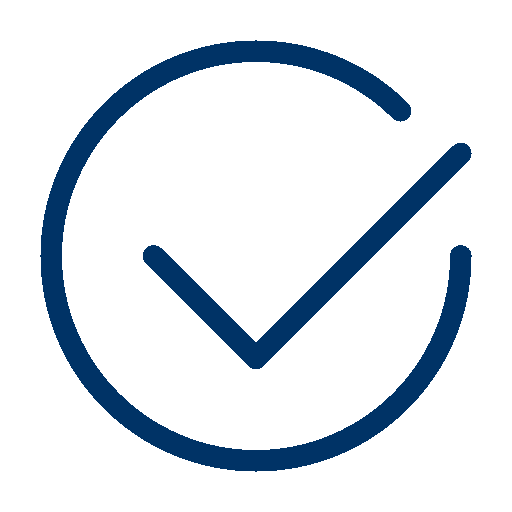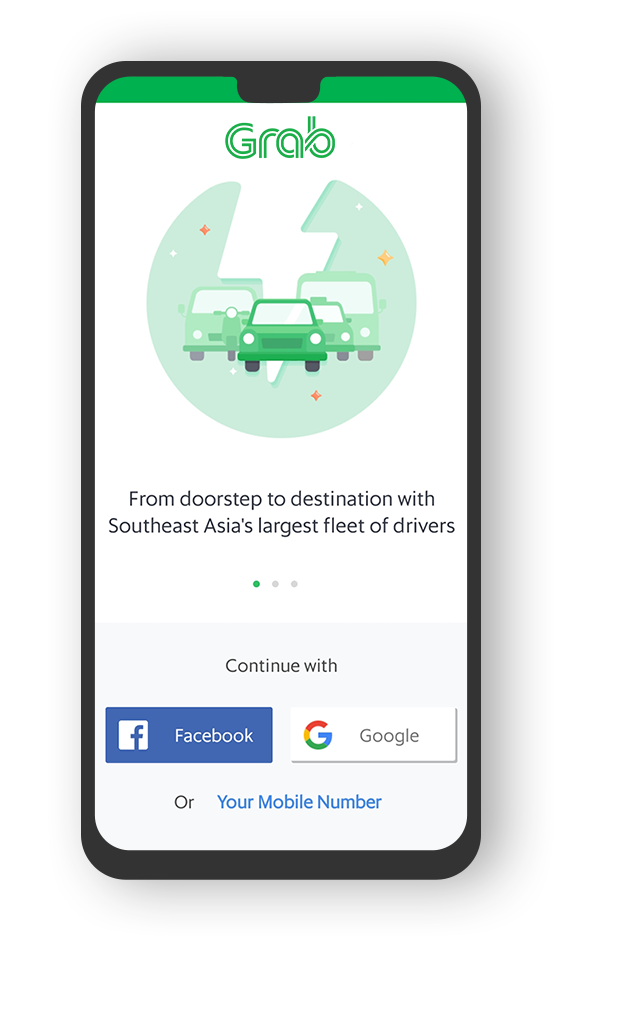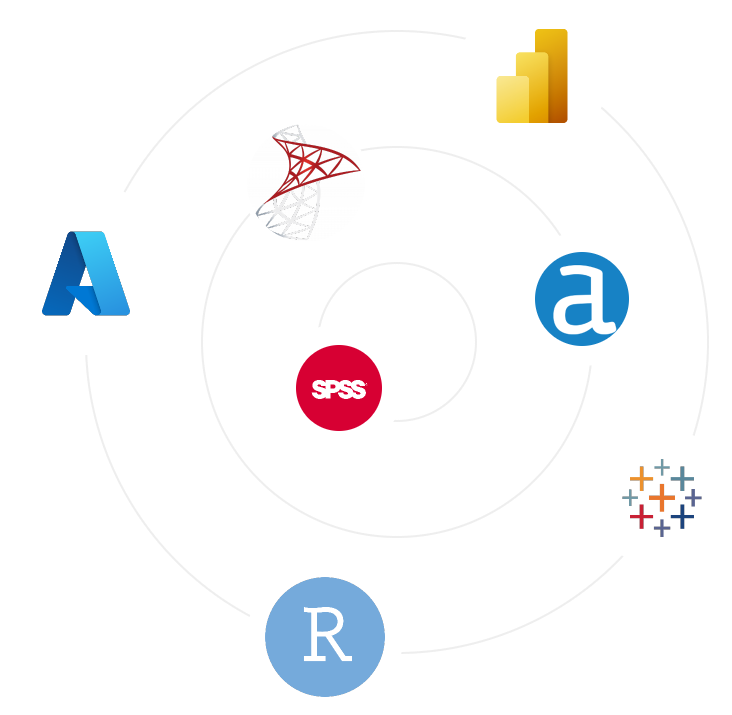Cloud security
Indeses: Enhancing Your Cloud security Journey
Cloud configuration testing, refers to the process of assessing the security of cloud infrastructure and services to ensure that they are properly configured and aligned with best practices and security standards. As organizations increasingly adopt cloud computing, it's essential to verify that their cloud environments are set up securely to prevent data breaches,unauthorized access, and other security incidents.

Cloud security refers to the set of practices, technologies, and policies implemented to safeguard data, applications, and infrastructure in cloud computing environments. As businesses increasingly rely on cloud services, ensuring the security of digital assets becomes paramount. Key aspects of cloud security include data encryption, identity and access management, network security, regular updates and patches, monitoring and logging, incident response planning, compliance adherence, data backup, and employee training. It involves measures to protect against unauthorized access, data breaches, and other cybersecurity threats, fostering a secure and resilient cloud computing environment.
Cloud configuration testing and its importance
Cloud configuration testing is a critical aspect of cloud security management. Regularly evaluating your cloud environment's configuration settings and addressing any misconfigurations helps ensure that your data and applications are secure, compliant, and properly protected from potential threats. It's advisable to use a combination of automated tools, manual reviews, and security best practices to maintain a secure cloud posture.

Cloud Service Providers (CSPs)
Cloud service providers like Amazon Web Services (AWS), Microsoft Azure, and Google Cloud offer a variety of services and features. These services can be configured in numerous ways, and improper configurations can lead to security vulnerabilities.

Importance of Cloud Configuration Testing
Proper cloud configuration is vital to maintaining the security and compliance of your cloud environment. Misconfigurations can expose sensitive data, lead to unauthorized access, and potentially result in data breaches. Cloud configuration testing helps identify and rectify these issues before they are exploited by malicious actors.

Types of Cloud Configuration Testing
-
Automated Scanning : Specialized tools are used to scan cloud infrastructure, services, and settings for misconfigurations, compliance violations, and security gaps.
-
Manual Review: Cloud security experts manually analyze configurations to identify nuanced issues and provide context to automated findings
-
Policy Enforcement: Organizations can enforce security policies that restrict Scanning certain configurations or actions that might pose risks.

Common Areas of Focus
-
Data Storage: Ensuring proper encryption and access controls for data stored in cloud databases, object storage, and other services.
-
Access Controls: Configuring access permissions, roles, and identities to prevent unauthorized access to cloud resources.
-
Networking: Securing communication between cloud resources, setting up firewalls, and configuring network segments.
-
Logging and Monitoring: Enabling proper logging and monitoring to detect and respond to security incidents promptly.
-
Compliance: Ensuring cloud configurations adhere to industry-specific regulations and compliance standards.

Benefits
-
Risk Mitigation: Identifying and fixing misconfigurations reduces the risk of security breaches and data leaks.
-
Cost Savings: Proper configuration prevents resource waste and unexpected charges caused by insecure or unused resources.
-
Operational Efficiency: Well-configured cloud environments operate more smoothly and with fewer disruptions.
-
Regulatory Compliance: Ensuring proper configurations helps meet compliance requirements specific to your industry.

Challenges
-
Complexity: Cloud environments are intricate, with numerous services and configuration options, making it challenging to maintain security.
-
Change Management: Continuous changes in cloud configurations require ongoing monitoring and adjustments.
-
Hybrid and Multi-Cloud Environments: Ensuring consistent security across different cloud providers can be complex.
Top 10 vulnerabilities for cloud security
It's important to keep in mind that cloud security is a rapidly evolving field, and new vulnerabilities can emerge. Staying up-to-date with the latest cloud security guidance from organizations like the Cloud Security Alliance and regularly assessing and improving your cloud configurations are crucial steps to mitigating these vulnerabilities.

-
 Data Breaches: Inadequate access controls, encryption, or misconfigured
storage can lead to
unauthorized access to sensitive data.
Data Breaches: Inadequate access controls, encryption, or misconfigured
storage can lead to
unauthorized access to sensitive data.
-
 Misconfiguration and Inadequate Change Control: Improperly configured
cloud resources and poor change management practices can
expose vulnerabilities and weaken security.
Misconfiguration and Inadequate Change Control: Improperly configured
cloud resources and poor change management practices can
expose vulnerabilities and weaken security.
-
 Lack of Cloud Security Architecture and Strategy: Absence of a well-defined
security architecture and strategy might result in
inadequate protection and difficulty in managing risks.
Lack of Cloud Security Architecture and Strategy: Absence of a well-defined
security architecture and strategy might result in
inadequate protection and difficulty in managing risks.
-
 Inactive Accounts, Identities, and Orphaned Data: Neglected accounts,
unmanaged identities, and abandoned resources can be
exploited by attackers.
Inactive Accounts, Identities, and Orphaned Data: Neglected accounts,
unmanaged identities, and abandoned resources can be
exploited by attackers.
-
 Limited Cloud Usage Visibility: Insufficient visibility into cloud usage can
hinder effective monitoring and detection of
security incidents.
Limited Cloud Usage Visibility: Insufficient visibility into cloud usage can
hinder effective monitoring and detection of
security incidents.
-
 Abuse and Nefarious Use of Cloud Services: Attackers can misuse cloud
resources for malicious purposes, such as hosting malware or launching attacks.
Abuse and Nefarious Use of Cloud Services: Attackers can misuse cloud
resources for malicious purposes, such as hosting malware or launching attacks.
-
 Inadequate Security for Interfaces and APIs: Weak security practices in
cloud APIs and interfaces can lead to unauthorized
access and data exposure.
Inadequate Security for Interfaces and APIs: Weak security practices in
cloud APIs and interfaces can lead to unauthorized
access and data exposure.
-
 Shared Technology Vulnerabilities: Vulnerabilities in underlying
technologies shared among cloud users can be
exploited to compromise cloud environments.
Shared Technology Vulnerabilities: Vulnerabilities in underlying
technologies shared among cloud users can be
exploited to compromise cloud environments.
-
 Account Hijacking and Compromised Credentials: Stolen or compromised
credentials can lead to unauthorized access and data
breaches.
Account Hijacking and Compromised Credentials: Stolen or compromised
credentials can lead to unauthorized access and data
breaches.
-
 Insider Threats: Malicious or negligent actions by employees, contractors,
or partners can lead to data leaks or breaches.
Insider Threats: Malicious or negligent actions by employees, contractors,
or partners can lead to data leaks or breaches.
Our Process: Android App Development
We Uphold Utmost Clarity Through Our Project Management Tool.

Project
As soon as we get the project, we go through it properly so that we can fulfill the requirements of our clients.
This is how we make it happen
- Wireframes
- Requirement List
- Milestone Plan
- UI Screens
KT of Project
Our KT planning template consists of the roadmap with the key factors that need to be considered while developing the mobile application. Basically, it comprises the complete project requirements.
Tools
- Android Studio Tool
- Android-IDE
Tools
- Kotlin
- Java
- C
- C++
- Python


Android App Development
Our Android App Development process is transparent and quick, making us a reliable app development company. We create Android apps backed by the most innovative technologies and our wide platform-expertise makes us competent to offer multiple services.
Our team has
- Proficiency in Java Programming
- Know the Value of Good Design
- Expertise in Cross-Platform
- Have a Spatial Reasoning
Testing
Process of Testing
We know that Testing is an essential division of the mobile app development lifecycle. Therefore, to make sure the victorious development of any application, we involve it the different stages of development process i.e. from building the concept to examining the requirements.
- Building APK
- Share APK
- Clients Approval
- Release Of APK
Prerequisites
-

In preparation for the upcoming audit, we kindly request the completion of essential prerequisites. Firstly, we ask for the creation of a new IAM user in the Cloud Management Console, equipped with read-only permissions for all services. It is crucial to attach the Security Auditor job function to ensure comprehensive access during the audit. Additionally, we request a comprehensive list of all Cloud services currently in use, providing valuable insights into the architecture of your Cloud environment. Lastly, for seamless programmatic access through the AWS CLI, we seek the provision of the Access Key ID and Secret Access Key associated with the newly created IAM user, along with the specified Cloud region. These steps are vital to ensuring a smooth and effective audit process of your Cloud infrastructure.
-

The cloud assessment is always preferred to be done on production accounts as a standard because we would want to analyze the configurations set in place in the cloud infrastructure handling the latest versions of software, products, or updates pushed live to your users. We further confirm that we do not modify any data on your cloud account, but only read and assess the configurations for each AWS service in use.

In preparation for the upcoming audit, we kindly request the completion of essential prerequisites. Firstly, we ask for the creation of a new IAM user in the Cloud Management Console, equipped with read-only permissions for all services. It is crucial to attach the Security Auditor job function to ensure comprehensive access during the audit. Additionally, we request a comprehensive list of all Cloud services currently in use, providing valuable insights into the architecture of your Cloud environment. Lastly, for seamless programmatic access through the AWS CLI, we seek the provision of the Access Key ID and Secret Access Key associated with the newly created IAM user, along with the specified Cloud region. These steps are vital to ensuring a smooth and effective audit process of your Cloud infrastructure.

The cloud assessment is always preferred to be done on production accounts as a standard because we would want to analyze the configurations set in place in the cloud infrastructure handling the latest versions of software, products, or updates pushed live to your users. We further confirm that we do not modify any data on your cloud account, but only read and assess the configurations for each AWS service in use.




